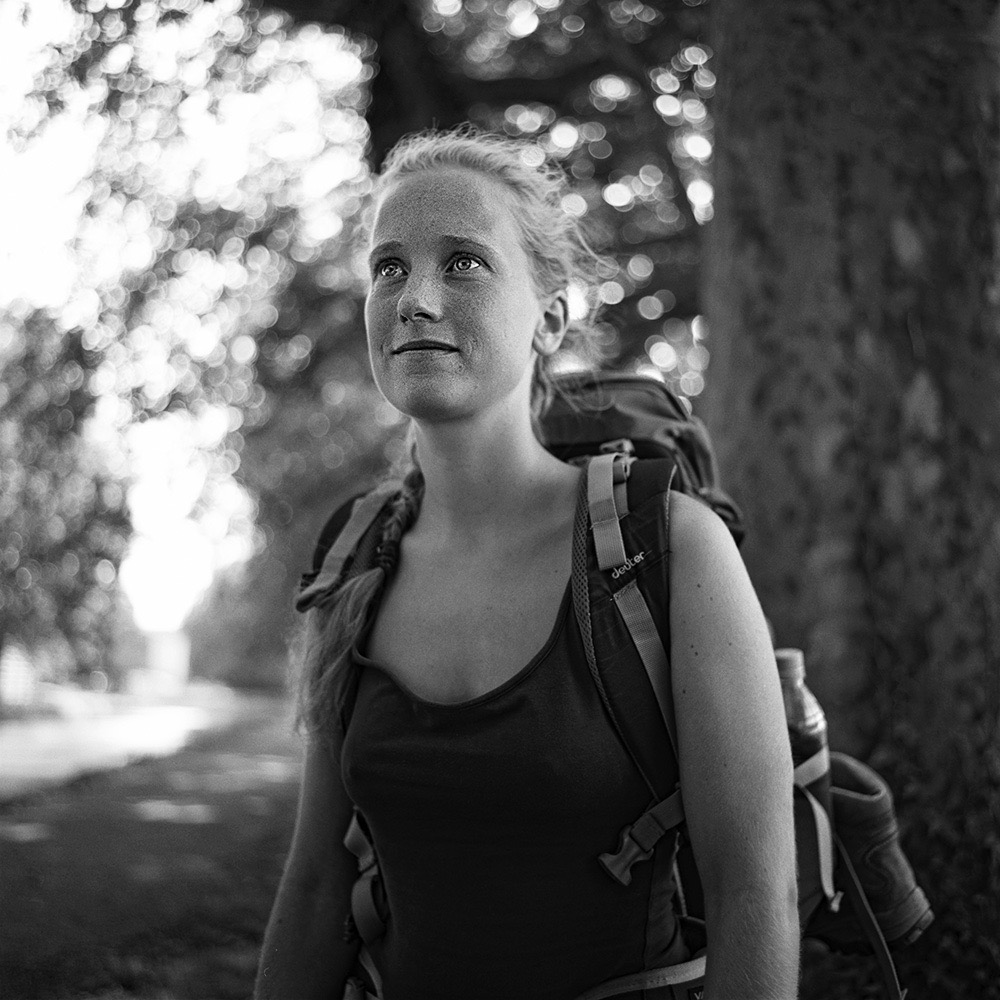Analog photography
Analog photography:
Analog photography, also known as film photography or silver-based photography, is a method that captures images on a physical film, rather than digitally. This art form has experienced a renaissance in recent years, as photographers and enthusiasts alike embrace the slower, more deliberate process it offers. Each image is carefully composed, and the tactile experience of developing film brings a unique satisfaction that digital photography often lacks.
As Henri Cartier-Bresson once said, “To photograph is to hold one’s breath, when all faculties converge to capture fleeting reality.”
This perfectly captures the spirit of analog photography—the patience, the anticipation, and the focus required to capture a single moment.
The beauty of a slow process
Unlike the instantaneous nature of digital photography, analog photography requires a slower approach. From loading the film, carefully measuring light and exposure, to waiting for the film to be developed, every step is deliberate. This slower pace encourages photographers to be more intentional with their shots, knowing each frame is limited.
Developing your own film further deepens the connection with your work. The unexpected results—whether from expired film, light leaks, or grain—add a distinct character to each photograph, making analog photography not just a technique, but an artistic practice.
Why analog?
Analog photography has a certain unpredictability that many photographers love. Each shot carries a sense of adventure and surprise, with the final result unknown until the film is developed. This, combined with the rich texture and dynamic range that film provides, creates images with a depth and authenticity that digital formats sometimes struggle to replicate.
As you continue exploring Analog photography, you’ll find more articles under this section, such as:



